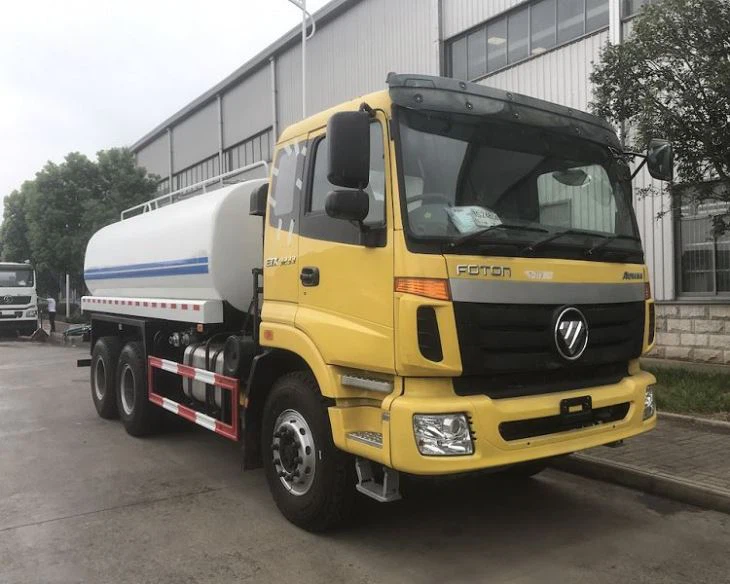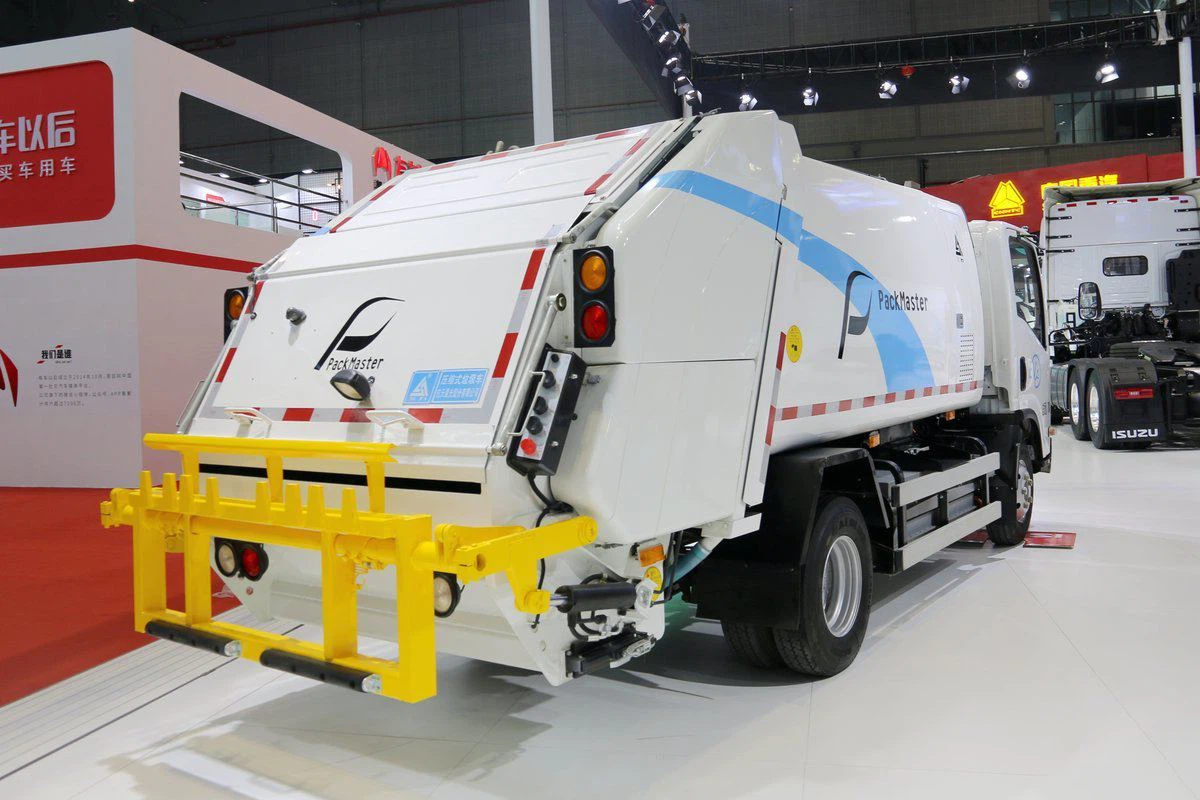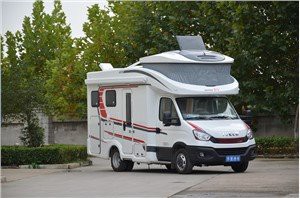Understanding Crosswind Mechanical: A Comprehensive Guide

Crosswind mechanical is an important concept in various fields including aviation, automotive, and structural engineering. This article aims to delve deep into the meaning, significance, and applications of crosswind mechanical forces. We will cover essential aspects such as its analysis, impacts on performance, practical examples, and implications in real-world scenarios. Furthermore, we will address frequently asked questions to enhance your understanding of this critical subject.
Table of Contents
- What is Crosswind Mechanical?
- Importance of Crosswind Mechanical
- How Crosswind Affects Vehicles
- Crosswind Impacts in Aviation
- Structural Impact of Crosswinds
- Measuring Crosswind Forces
- Mitigation Techniques for Crosswinds
- Real-World Examples
- FAQs about Crosswind Mechanical
What is Crosswind Mechanical?
Crosswind mechanical refers to the mechanical forces exerted on an object as it moves across a wind direction that is perpendicular to its path. This scenario is primarily noticed in modes of transportation such as airplanes and vehicles. Understanding this dynamic is crucial for enhancing safety and performance, especially during adverse weather conditions.
Definitions and Key Concepts
- Crosswind: Wind that blows across the direction of travel or movement.
- Mechanical Forces: Forces that affect an object’s motion, stability, and control.
- Drag Forces: Forces acting against the motion of an object often enhanced by crosswinds.
Importance of Crosswind Mechanical
Understanding crosswind mechanical forces is essential in different domains for various reasons:
Safety Enhancements
In aviation and driving, crosswinds can lead to instability, increasing the risk of accidents. By understanding these forces, engineers can design safer aircraft and vehicles.
Performance Optimization
Performance in crosswind conditions can be significantly improved with better design and technology adaptations. This knowledge allows for better fuel efficiency and effective maneuverability.

Design Considerations
In structural engineering, it is fundamental to consider crosswinds when designing buildings and bridges to ensure they can withstand such forces without compromising integrity.
How Crosswind Affects Vehicles
Vehicles, particularly high-profile ones such as trucks and SUVs, are significantly affected by crosswinds.
Vehicle Stability
Crosswinds can lead to a shift in the center of gravity, impacting a vehicle’s stability. For example:
- Large SUVs: More susceptible to being pushed sideways due to their height.
- Sports Cars: Lower center of gravity helps but can still be affected by strong winds.
Driver Responses
Drivers need to adjust their steering to compensate for crosswinds. Practical advice includes:
- Maintain a firm grip on the wheel.
- Stay alert to changes in wind direction.
Crosswind Impacts in Aviation
Crosswinds play a critical role in aviation, particularly during takeoff and landing.
Takeoff and Landing Challenges
Airplanes must consider crosswinds during these phases. The impact includes:
- Landing: Must align with the runway, which can be tricky with crosswinds.
- Takeoff: Can lead to drift if not properly managed.
Crosswind Landings
Techniques such as the crab and side slip are used by pilots to counteract crosswinds during landing. Proper training is vital for safe navigation under these conditions.
Structural Impact of Crosswinds
In structural engineering, considering crosswind effects is essential for building integrity.
Wind Load Calculations
Engineers must calculate wind loads to ensure structures can withstand them. This includes:
- Pier Design: Must account for sideways forces.
- Building Height: Taller buildings face greater wind resistance.
Design Recommendations
Utilize aerodynamic designs to reduce wind resistance and include reinforcements as necessary. Conduct wind tunnel testing for accurate assessments.
Measuring Crosswind Forces
Accurate measurement of crosswind forces is crucial for safety and performance evaluation.
Instruments and Tools

- Anemometers: Measure wind speed and direction.
- Force Sensors: Assess forces acting against vehicles or structures.
Field Measurements
Conduct field tests during varying wind conditions to ensure reliable data and perform simulations for better predictions.
Mitigation Techniques for Crosswinds
Effective mitigation techniques can minimize the impact of crosswinds across different fields.
Aviation Techniques
- Training for pilots on crosswind landing methods.
- Utilization of advanced navigation and control systems for stability.

Automotive Strategies
- Design vehicles with low profiles.
- Implement enhanced stability control systems.
Structural Solutions
- Incorporate flexible materials in design.
- Use aerodynamic shapes to reduce resistance.
Real-World Examples
| Example | Application | Outcome |
|---|---|---|
| Airbus A320 | Crosswind Landings | Successful landing techniques reduce risk. |
| Construction of Skyscrapers | Wind Load Design | Increased stability and safety during high winds. |
| Truck Design | Crosswind Handling | Lower accident rates in high-wind conditions. |
FAQs about Crosswind Mechanical
What is a crosswind and how does it affect driving?
A crosswind is a wind blowing perpendicular to the direction of travel. It can affect vehicle stability, requiring drivers to adjust steering to maintain control.
How do pilots manage crosswind landings?
Pilots use various techniques such as the crab and side slip methods to align the aircraft with the runway while compensating for lateral wind forces.
What safety measures are in place for buildings regarding crosswinds?
Engineers conduct wind load calculations and utilize aerodynamic designs to ensure buildings can withstand crosswind forces, increasing safety in high winds.
Can vehicles be designed to be more resistant to crosswinds?
Yes, vehicles can be designed with a lower center of gravity, better aerodynamics, and stability control systems to enhance resistance to crosswinds.
How are crosswind forces measured in aviation?
Crosswind forces in aviation are measured using anemometers for wind speed and direction, along with force sensors during flight tests.
Are there regulations regarding crosswinds in aviation and vehicles?
Yes, aviation and automotive industries have specific regulations and guidelines that outline acceptable crosswind limits for safe operations.
